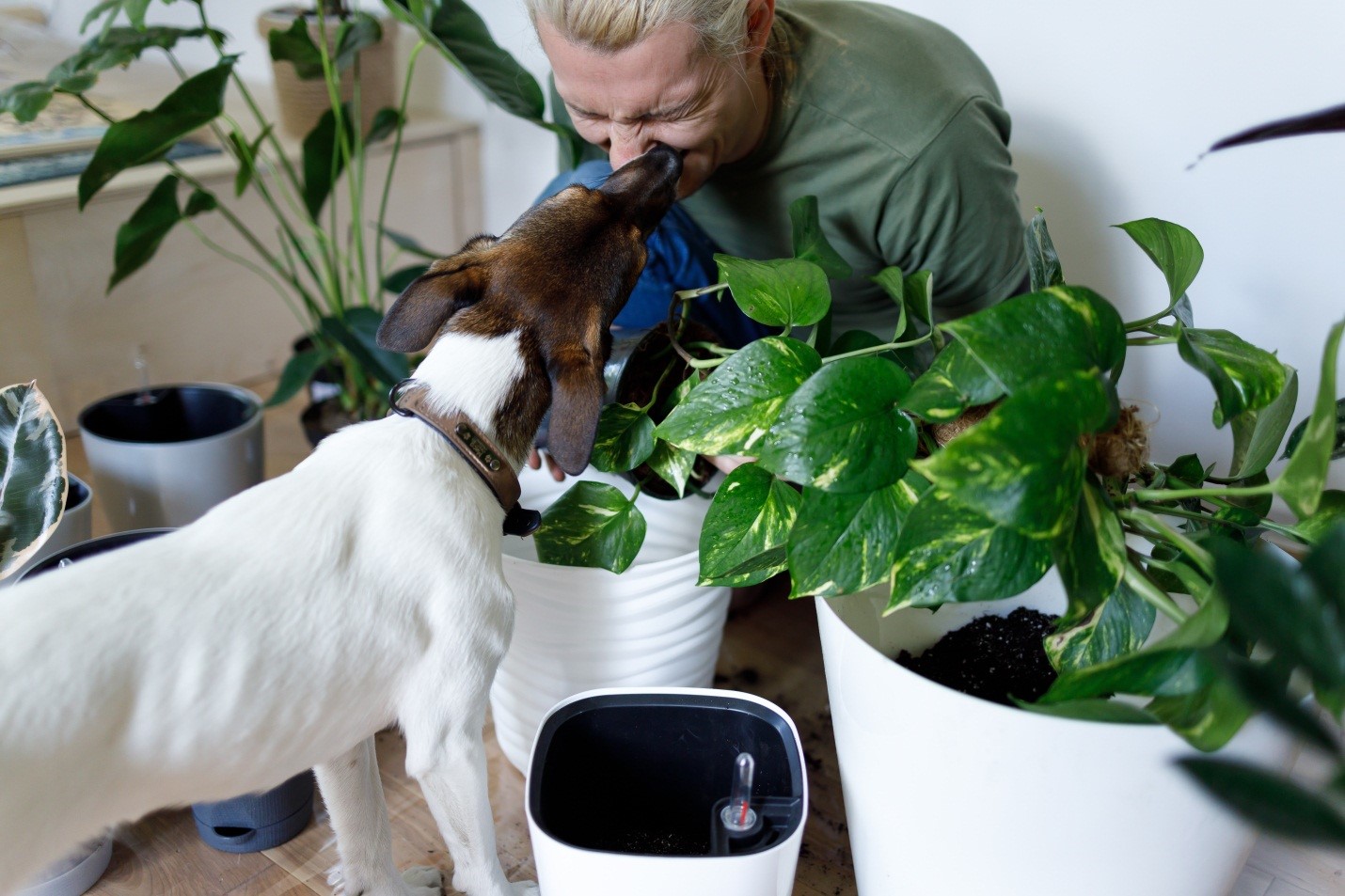
Beware of Green Threats: Dangerous House Plants for Pets
House plants are a source of fresh air and vibrant greenery in your home, but keep in mind that not all plants are safe for your furry companions. While most plants are completely safe for pets some can be quite toxic and life-threatening if ingested. As a pet owner, you must know some potential dangers that are present in your house. In this guide we will look at some of the most dangerous plants for pets that are present in the house and how you can help in creating a safer environment for your pets.
Why Are Some House Plants Toxic to Pets?
It’s important that you understand why some specific house plants are dangerous for your pets. Most of the house plants have certain chemicals are compounds that can be very toxic when ingested by your pet or when comes in contact with their body. These toxic plants have toxins that act as a defense mechanism against herbivores in their natural environment.
Pets like dogs and cats, are very curious and they like to nibble or play with house plants, which will lead to accidental exposure to certain toxins. However, it depends on the quantity consumed and the type of plant that is ingested. The effect of toxicity ranges from mild gastrointestinal upset to severe organ damage or sometimes death.
Common Dangerous House Plants for Pets
Let’s now explore some of the most common house plants that pose a threat to your pets:
Lilies (Lilium spp. and Hemerocallis spp.)
Lilies, especially tiger lilies, Easter lilies, and Asiatic lilies, are very toxic to cats. If they ingest any part of these lilies even in minute amounts it will lead to kidney failure. Dogs are less affected by the toxicity of lily plants but they will still experience some problems like gastrointestinal issues if they consume it in large quantities.
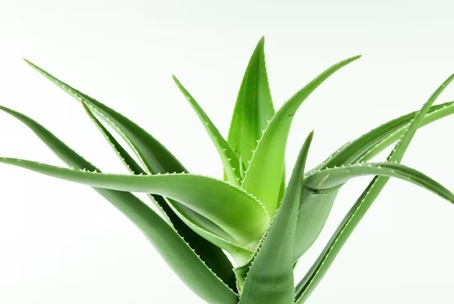
Aloe Vera (Aloe barbadensis miller)
Aloe vera is famous for its soothing ability to humans, but it is very toxic to both dogs and cats. The gel present inside the aloe vera has compounds that can cause severe gastrointestinal issues, tremors, and lethargy.
Philodendrons (Philodendron spp.)
Philodendrons are very famous indoor plants that are known for their lush foliage. However, there are calcium oxalate crystals that are present in the plant which can irritate the tongue mouth, and throat when chewed by pets. The symptoms that appear are pawing at the mouth, drooling, and difficulty swallowing.
Pothos (Epipremnum aureum)
Just like philodendrons these pothos plants have calcium oxalate crystals and can cause vomiting, oral irritation, and difficulty swallowing in pets.
Dieffenbachia (Dieffenbachia spp.)
Dieffenbachia is also famous as dumb cane, it contains calcium oxalate crystals like philodendrons and pothos. If your pet ingests any part of this plant it will cause severe oral irritation, difficulty breathing, and excessive drooling.
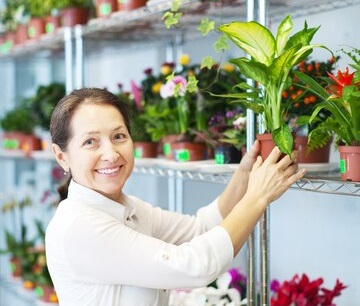
Snake Plant (Sansevieria spp.)
These plants are famous for their air-purifying abilities, but if your pet ingests them they can be very harmful. These plants contain saponins, which are the cause of vomiting, gastrointestinal distress, and diarrhea.
Peace Lily (Spathiphyllum spp.)
Peace lilies are very common in households and are extremely beautiful but they are toxic to pets, especially dogs and cats. Ingesting these plants can lead to drooling, mouth irritations, and difficulty swallowing. In case of severe problems, it will result in kidney damage.
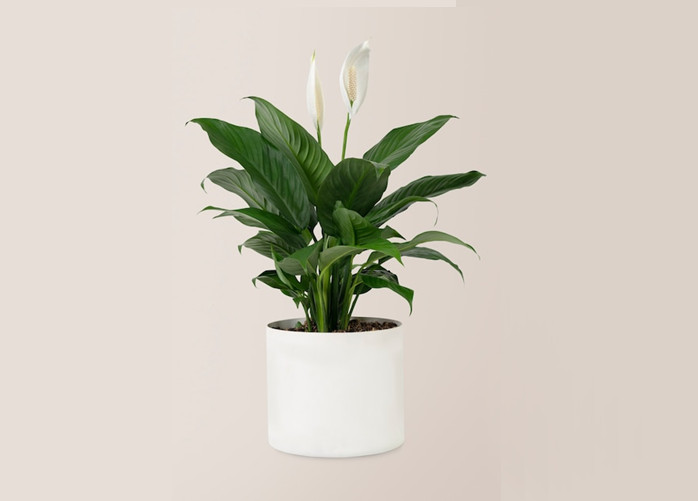
Oleander (Nerium oleander)
Oleander is another toxic plant that is grown indoors in most of the regions. This plant is very dangerous to humans and pets alike, but it has certain toxic compounds like cardiac glycosides. If your pet has ingested any part of the oleander plant it will cause severe cardiac issues that include irregular heartbeat, rhythms, and death.
Sago Palm (Cycas revoluta)
This plant is another common plant present in our households. Any part of this house plant is extremely toxic, especially seeds. Ingesting this toxic plant will cause seizures, liver failure, and death in cats and dogs.
Recognizing Symptoms of Plant Poisoning in Pets
It’s essential to recognize the signs and symptoms of plant poisoning in pets and to take immediate action. The symptoms are very different depending on the amount and type of plant ingested.
- Vomiting
- Drooling
- Diarrhea
- Lethargy
- Pawing at the mouth or face
- Loss of appetite
- Difficulty breathing
- Kidney or liver failure
- Irregular heartbeats
- Tremors or seizures
- Increased heart rate
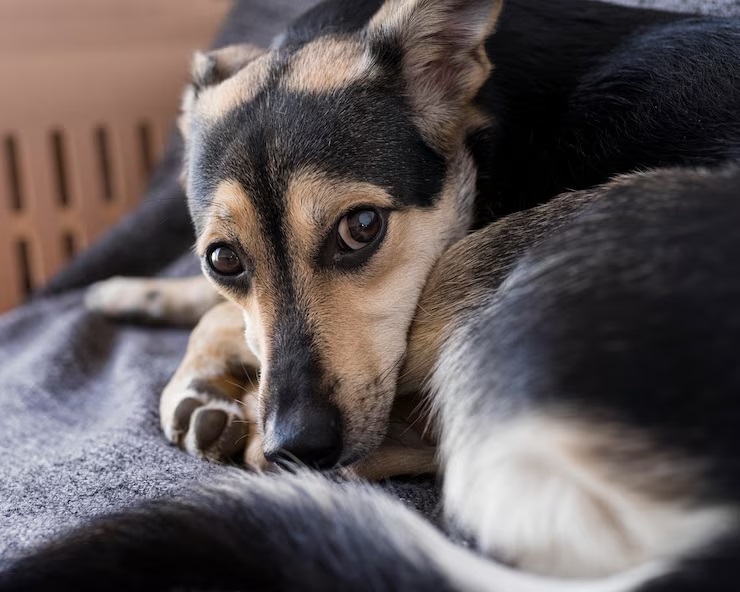
If you are planning to suspect that your pet has ingested any toxic plant consult your veterinarian or any poison control hotline immediately. The sooner you go for treatment there are more chances of recovery of your furry companion.
Preventing Plant Poisoning in Pets
As you have heard prevention is better than cure and the best way to protect your pet from the dangers of toxic house plants. Here are the important steps you should take:
Research Plants before Bringing Them Home
Always search for plants before adding a new plant to your indoor garden. The ASPCA and the American Veterinary Medical Association (AVMA) provide a complete list of toxic and non-toxic plants for pets.
Place Toxic Plants Out of Reach
Always keep poisonous plants on the high shelves or get hanging planters that should be inaccessible to your pups. Cats have the ability to climb on high places so keep in mind that and stay cautious about it.
Teach “Leave It” and “No” Commands
Your pup must be trained to obey commands like “no” and “leave it” It will help keep them away from sniffing or eating poisonous plants.
Use Safe Alternatives
If you know that your pup is curious and investigate everything use alternatives like artificial plants or other non-toxic plants.
Create a Pet-Friendly Space
Make a special area in your home that has no toxic plants where your pup can run and play and make your to give them plenty of toys so they stay engaged.
Monitor Your Pets
Always keep an eye on your pup when they are in the house, especially if there is a new addition in the garden.
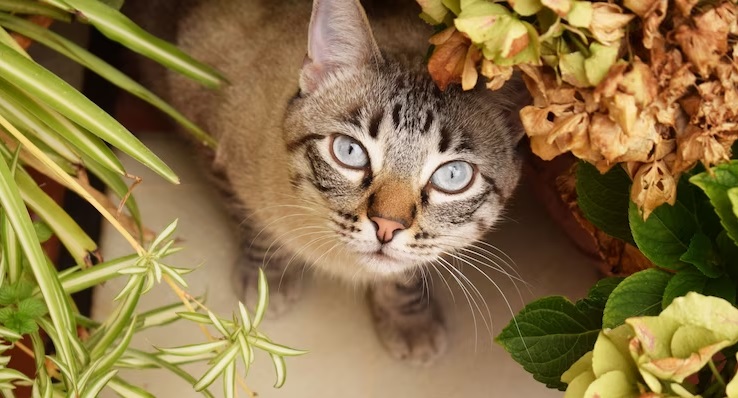
Conclusion
House plants are a great addition to any home, but the important thing is to be aware of the potential dangers of these plants for your furry companions. If you know which plants are toxic and you know the signs of plant poisoning then it will help in keeping our pets safe. If you take preventive measures and create a pet-friendly environment then you can enjoy the indoor garden and companionship of your furry friends.
About the Author:
Savanna Westwood
Savanna Westwood is the Owner and Founder of The Savvy Sitter, Pet Sitting and Dog Walking, LLC. She has grown up with animals all her life and enjoys spending time with them. Savanna has lived in the Winter Garden and Windermere Area for over 30 years. When she is not taking care of Fur Friends, one can find her reading, practicing archery, riding, and devising ways to provide additional and excellent services to clients. Savanna is a Certified Professional Pet Sitter with Pet Sitter International's CPPS certification and also holds certification in Pet First Aid and CPCR for Pet-Care Professionals.

